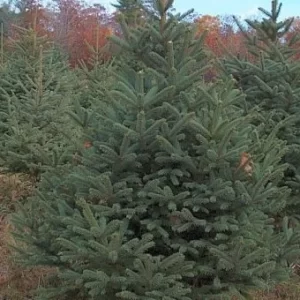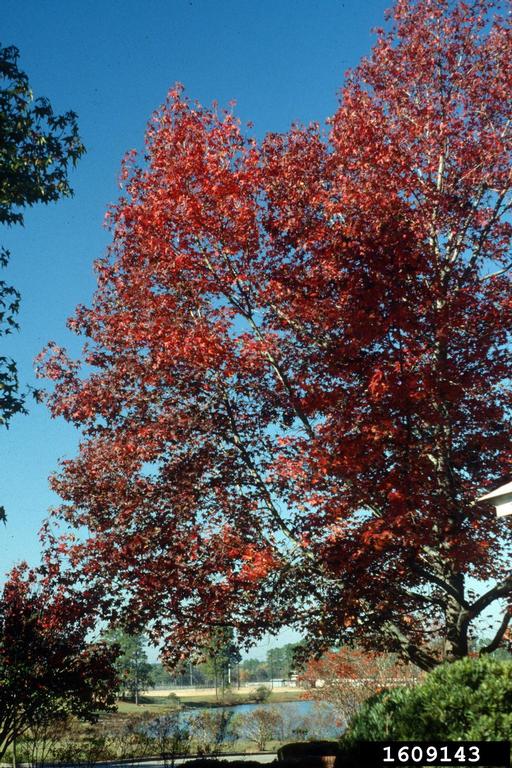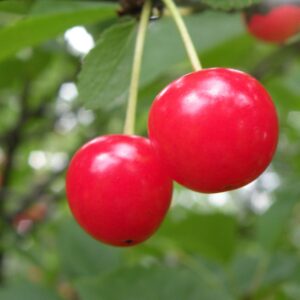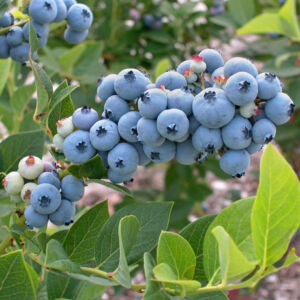
American Sweetgum (Liquidambar styraciflua)
5 for $15
Tall fast growing tree that gets 75 to 120 feet at maturity. Star shaped glossy green leaves that are aromatic when crushed. Leaves turn yellow-purple-red in the fall. It has a sweep sap that has been used for many things including chewing gum. It is an earlier colonizer of open sites can be used for wind breaks; it is important tree for lumber, veneer and plywood industries.
The tree has both male and female flowers, bloom time March, April and May. This tree has seed balls that are great for birds but problematic for people. Eastern goldfinches, purple finches, sparrows, mourning doves, northern bobwhites and wild turkeys eat the seeds. Small mammals such as chipmunks, red squirrels and gray squirrels also enjoy the fruits and seeds. The seed pods are spiny dark brown balls, and fall during the winter. They will require spring clean up if you mow or walk under the tree.
Grows Full Sun, in swamps, at edges of wetlands and upland areas too, just cannot be in very dry locations. Known as as a southern tree, the sweetgum is native to eastern and southeastern US from east TX to north Florida,to Missouri and north to Connecticut. It also grows in Central America in rainforests. Worcester County is just outside of the northern edge of its native range. It is hardy to Zone 5a.
Also known as Sweetgum, American Sweetgum, Red Gum, White Gum, Star-leaved Gum, Starleaf Gum, Alligator Tree, Satin Walnut, Bilsted, Liquidambar. One of the reasons it can grow 14 -24 feet per year is because it is a nitrogen fixer.
18-24″ bare root seedling. Photo Credit: John Ruter, University of Georgia, Bugwood.org
In stock



